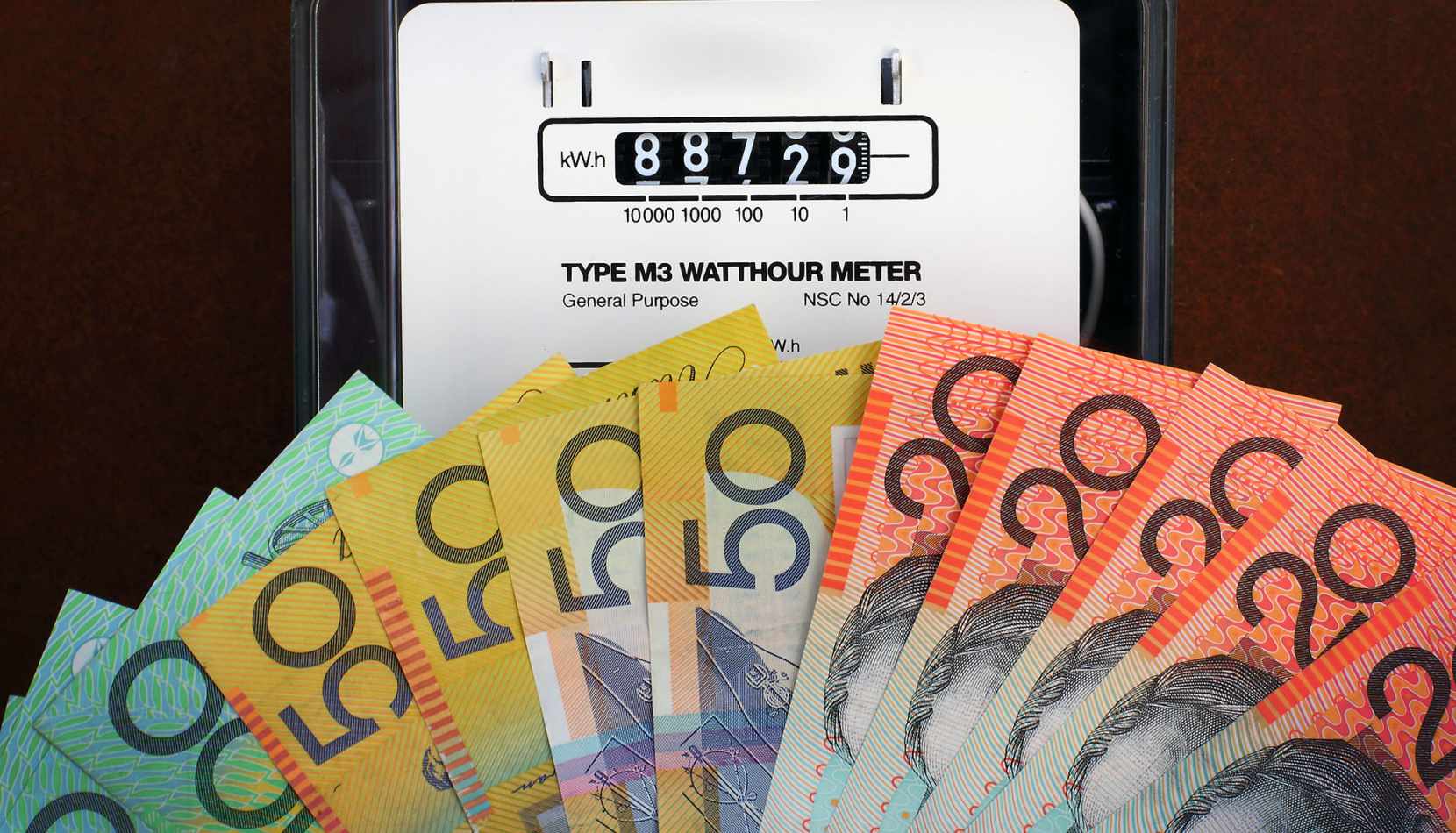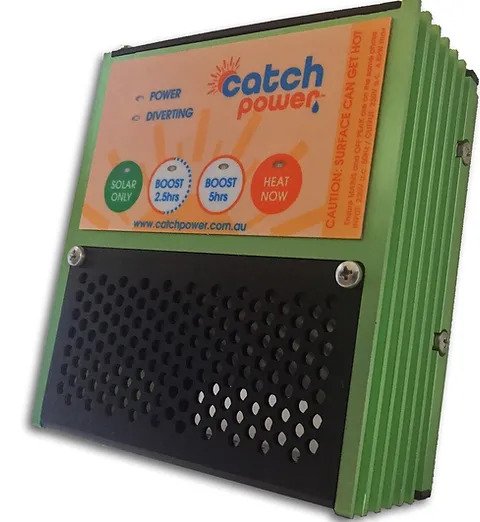- How Big Should Your Solar Battery and System Be?
- How solar battery storage works
- Introduction to solar battery storage
- Tesla Powerwall battery solutions
- What Do Solar Batteries Look Like – and Where Can I Install Them?
- What Size Solar System Should You Have When Adding a Battery
- What’s the Real ROI on Solar and Battery Systems in 2025?
- When are batteries worth it? Solar energy battery viability.
- Which Solar Battery Is Right for Your Home?
- Does Solar Increase Property Value in Shoalhaven? The Numbers Speak for Themselves
- Empowering Small Businesses with Solar: The Australian Small Business Energy Incentive
- How much will you save with solar?
- How the 2025 Australian Cheaper Home Batteries Program Works
- Solar finance options
- The 2024 NSW Government Home Solar Battery Rebate Scheme
- What government incentives and financing options are available for solar?

Maximizing Solar Self-Consumption to Save Energy and Money.
Interview with Darren Chung, Owner of Shoalhaven Solar
In our quest to harness the power of the sun, we often overlook the nuances of optimising our solar systems for self-consumption. To shed light on this topic, we sat down with Darren Chung, the owner of Shoalhaven Solar, who shared valuable insights on making the most of your solar energy and offered tips to reduce energy bills.
Darren shared that the inspiration for this article came from a customer who approached him with a simple request: "Can you please provide information on how we can make the most of our solar system and save power during winter? My wife prefers to do these chores that use appliances during the evening, and we want to see how it can benefit our energy bill to change our habits.".
Summer vs. Winter Solar Output
One key takeaway from our conversation was the significant difference in solar energy production between summer and winter. Darren explained that in the summer, solar panels can generate 2.5 times more energy than in the winter. For instance, a 6.6-kilowatt system might produce 30 to 35 kilowatt-hours per day in summer but only 10 to 15 kilowatt-hours in winter.

Choosing the Right Solar System Size
The size of your solar system matters when it comes to reaping the benefits. Darren emphasized that a 6.6-kilowatt system, which was once considered sufficient for a three-bedroom house, might now be better suited for elderly couples. Families are leaning toward larger systems, starting at 7.9 kilowatts, to make a significant dent in their power bills.
Power Consumption of Appliances
Darren provided estimates for the power consumption of common household appliances:
Dishwasher: Around 3 kilowatt-hours per cycle.
Washing Machine: Approximately 2-3 kilowatt-hours per cycle (if using hot water).
Dryer: About 5 kilowatt-hours per cycle.
A 6.6kW system will produce about 30-35 kilowatt-hours during the periods when the sun is shining on the panels in summer, but that drops to 10-15 kilowatt-hours in winter.
When you consider that your power company may be charging as much as 44 cents per kilowatt-hour and only giving you back 5 cents per kilowatt-hour for your feed-in tariff, it makes much more sense to use free power while you are generating it with the solar panels during the day than to pay the power company for it at night.
Optimising Appliance Usage
To maximize solar self-consumption, Darren recommended delaying the use of appliances until the sun is shining. Many appliances have delay start settings, which can help align their operation with solar production.
Let’s have a look at how much you could save over a year if you ran various appliances during the solar power-producing hours of the day, instead of drawing that power from the grid at night. For the sake of the exercise, let’s assume that we are powering the grid during the day and getting 5c per kilowatt feed-in tariff for that, so the cost of power comes down to 39c per kilowatt. In reality, it’s not quite that straightforward, but it will probably work well enough for illustrative purposes.
Dishwasher 7 times per week or 365 per year is: 365 x 3 kWh x $0.39 = $427.05 pa
Washing machine 3 times per week or 156 per year is: 156 x 3 kWh x 0.39 = $182.52
Dryer 3 times per week or 156 per year works out like so: 156 x 5 kWh x $0.39 = $304.20 pa
If the usage above was by someone working during the daylight hours and as a result, using their appliances at night, they might be able to save as much as $913.77 per year. All just by changing their habits and using the delayed start function on the above appliances to run them when the solar panels are producing energy.
The Role of Hot Water Heating Timers and Green Catch Power Diverters
Darren explained the benefits of using timers and Green Catch Power Diverters to put solar energy into your electric hot water heater. A hot water heater is often the most power-intensive appliance in the home, but it stores that energy as heat for long periods of time. In that way, it acts as a big battery (but at a fraction of the cost!)

Timers can optimize power usage by directing excess solar energy to the hot water heater on a schedule, while Green Catch Diverters divert excess power to your hot water system automatically, based on when you’ve got excess solar energy going back to the grid, making the whole system smarter and more energy-efficient.
Batteries and Their Impact
Batteries can extend the availability of free solar power, but their effectiveness depends on system size and usage patterns. Smaller systems may not fill batteries in winter, while larger systems can provide nearly year-round energy coverage.
Smart Temperature Control
For air conditioning, which is typically a large draw on power, Darren advised maintaining consistent temperature settings throughout the day. By maintaining the desired temperature all day long, instead of drastically cooling or heating the house when you come home, you can reduce energy consumption. It requires much less energy to maintain the inside temperature of a well-insulated house than it does to change the temperature.
Insulation Matters
A well-insulated home retains temperature better, reducing the workload on your air conditioner or heater. Sealing and insulating your home properly is a good investment in reducing your power bills.
The Bottom Line
In conclusion, Darren’s insights highlight the importance of understanding your solar system and its capabilities. By optimising appliance usage, investing in smart devices like timers and diverters, and making energy-conscious decisions, homeowners can maximize their solar self-consumption and minimise energy costs. Remember, every kilowatt-hour saved adds up, making a significant impact on your energy bills and reducing your carbon footprint.